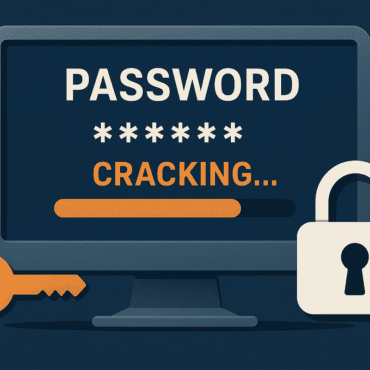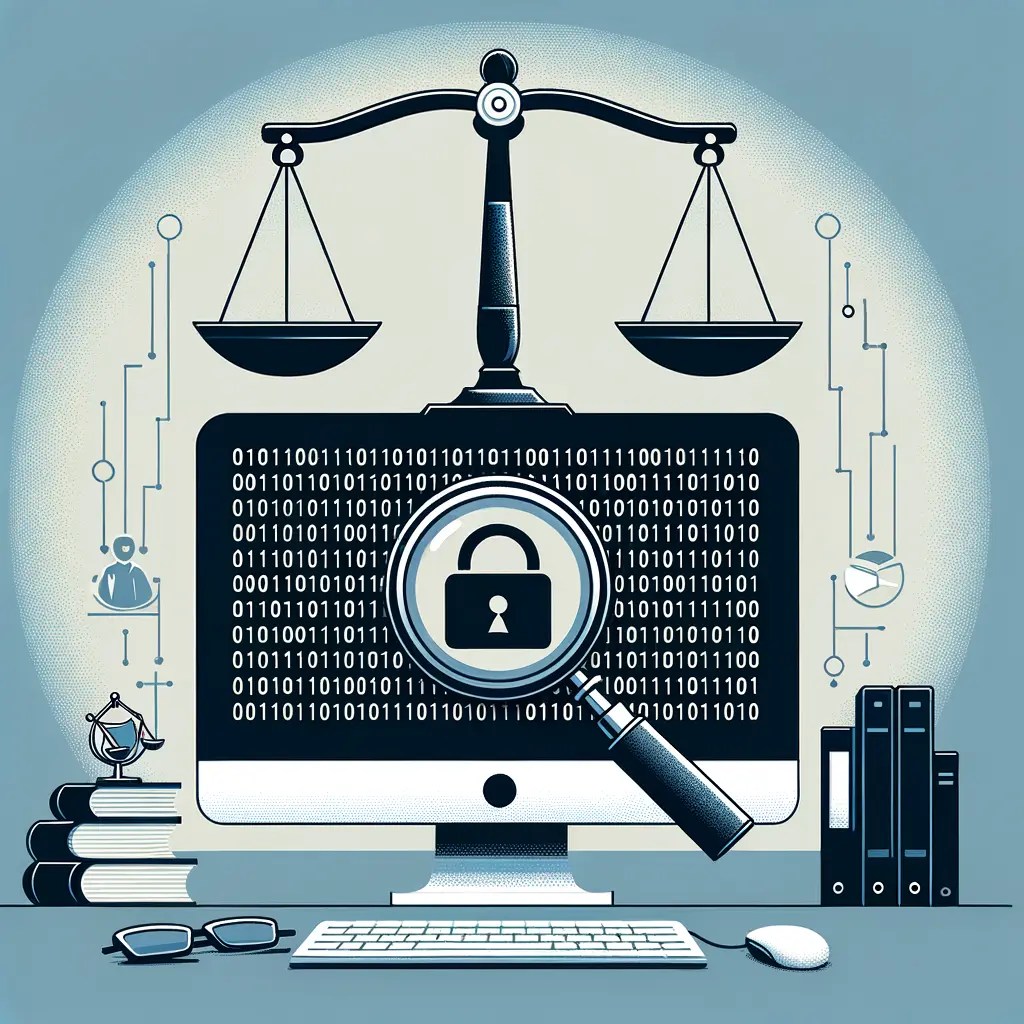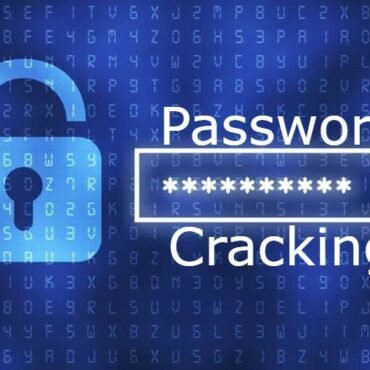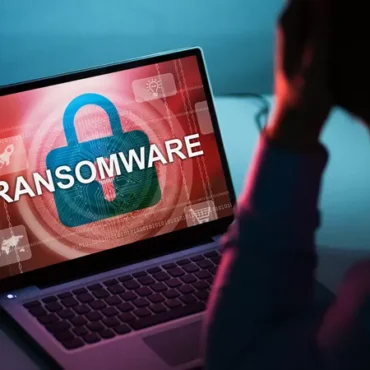Introduction
In today’s digital era, almost every crime leaves behind a digital trail — be it in the form of emails, mobile data, CCTV footage, or online activity logs. Forensic investigators rely on this digital evidence to reconstruct events, identify suspects, and establish facts in court. However, digital evidence is extremely fragile, susceptible to tampering, alteration, and corruption if not handled with the utmost care. Ensuring its integrity is therefore one of the most critical aspects of a digital forensic investigation.
This blog explores the importance of protecting digital evidence, common risks that threaten its authenticity, and best practices forensic experts use to preserve its integrity from collection to presentation in court.
Understanding Digital Evidence
Digital evidence refers to any information stored or transmitted in digital form that can be used in court. It can include:
-
Computer hard drives and SSDs
-
Mobile phones and SIM cards
-
Cloud storage accounts
-
USB drives and memory cards
-
Emails, chat logs, and documents
-
Audio, video, and image files
-
System logs and network packets
Unlike physical evidence, digital evidence is intangible and can be easily modified, deleted, or corrupted — even unintentionally. Forensic experts must therefore adopt strict protocols to maintain authenticity, integrity, and reliability.
Why Protection is Crucial
-
Legal Admissibility
Courts require proof that the evidence presented has not been altered. Any suspicion of tampering can render the evidence inadmissible.
-
Chain of Custody Maintenance
Each stage of evidence handling — from seizure to analysis — must be documented to demonstrate that the data has remained intact and traceable.
-
Preventing Data Corruption
Electronic data is prone to corruption from improper storage, malware, or hardware failures. Protecting it ensures accuracy during forensic analysis.
-
Preserving Authenticity
A single bit change can affect the integrity of a file. Using tools and methods that maintain data authenticity is vital for credibility.
Common Threats to Digital Evidence
-
Unauthorized Access
Uncontrolled access to devices or storage media can lead to intentional or accidental alteration of data.
-
Malware and Viruses
Connecting a compromised device to an infected system can result in data corruption or manipulation.
-
Improper Handling
Directly examining original media without proper write-blocking or forensic imaging can lead to irreversible changes.
-
Environmental Factors
Static electricity, temperature variations, or physical shocks can damage storage media like hard drives and USB devices.
-
Software Errors
Using unreliable forensic tools or outdated software can corrupt or overwrite digital evidence during analysis.
Best Practices to Protect Digital Evidence
1. Use Write Blockers
Write blockers are essential tools that prevent any alteration of the original data during forensic acquisition. They ensure that data can be read but not written or modified.
Using write blockers preserves the original state of the evidence throughout the investigation.
2. Create Forensic Images
Instead of working on the original device, forensic experts create a bit-by-bit copy (forensic image) of the storage media using tools like FTK Imager, EnCase, or Magnet AXIOM.
-
This process ensures that analysis is conducted on a duplicate, protecting the integrity of the original evidence.
-
The image is verified using cryptographic hash values like MD5 or SHA-256 to ensure it is identical to the source.
3. Verify Hash Values
Hashing algorithms generate a unique digital fingerprint of a file or drive. Even a one-bit change alters the hash value, signaling tampering.
-
Always calculate and document hash values before and after imaging.
-
Use tools like HashCalc, FTK, or X-Ways for verification.
Hash integrity checks serve as digital proof that the evidence remains unaltered.
4. Maintain a Chain of Custody
A chain of custody document tracks every individual who handled the evidence, when it was accessed, and for what purpose.
-
Include details like device serial numbers, timestamps, and signatures.
-
This log ensures accountability and traceability, both crucial in legal proceedings.
5. Store Evidence Securely
After acquisition, digital evidence should be stored in a secure, access-controlled environment.
-
Use encrypted drives or secure forensic servers.
-
Maintain offsite backups to protect against disasters.
-
Implement role-based access control (RBAC) to limit who can view or manipulate evidence.
6. Avoid Booting Original Systems
Never power on or log in to the suspect’s system without proper preparation, as doing so can alter volatile data and timestamps. Always use forensic boot disks or live acquisition tools designed for safe data capture.
7. Document Every Step
Forensic investigations require thorough documentation.
-
Record each step from evidence seizure, imaging, analysis, and reporting.
-
This documentation helps recreate the process for verification and legal scrutiny.
8. Use Reliable Forensic Tools
Always rely on validated forensic tools recognized by industry standards or legal bodies. Popular tools include:
-
FTK (AccessData) – Comprehensive imaging and analysis suite.
-
EnCase – Trusted for court-admissible investigations.
-
Magnet AXIOM – Advanced for mobile and cloud forensics.
-
X-Ways Forensics – A Lightweight and efficient analysis tool.
Using verified tools ensures accurate and defensible results.
9. Handle Volatile Data Carefully
Data in RAM (volatile memory) can be lost once the system is powered off. Capture it using memory forensic tools like Volatility, Belkasoft RAM Capturer, or Magnet RAM Capture before shutdown.
10. Regular Training and Compliance
Digital forensic professionals must stay updated with the latest methodologies and legal requirements. Regular training and certifications like CHFI (Computer Hacking Forensic Investigator) or CDFS/CDFA help ensure compliance with global standards.
Role of Forensic Laboratories
Accredited forensic laboratories like Hawk Eye Forensic follow international protocols to safeguard evidence. Their process includes:
-
Using advanced forensic imaging tools
-
Performing integrity verification using multiple hash algorithms
-
Maintaining tamper-proof custody records
-
Providing expert legal documentation and testimony support
Such laboratories play a crucial role in ensuring that evidence presented in court is authentic, reliable, and defensible.
Conclusion
Protecting digital evidence from tampering and corruption is not merely a technical necessity — it is the foundation of digital justice. A single lapse in evidence handling can compromise an entire investigation, leading to wrongful conclusions or case dismissals.
By adhering to strict forensic principles, maintaining an unbroken chain of custody, and leveraging modern forensic tools, investigators can ensure that every byte of evidence remains untouched, verifiable, and admissible.
In the realm of digital forensics, integrity is everything — because truth, once corrupted, can never be restored.





Post comments (0)